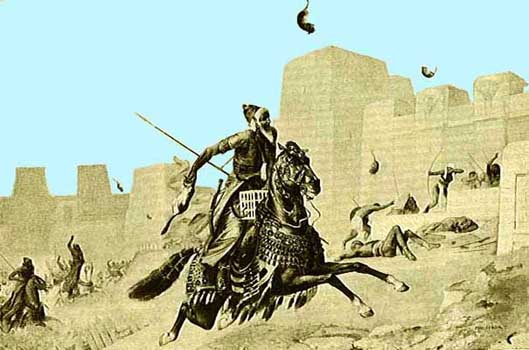Cambyses II was king of Persia during the Achaemenid dynasty, son and heir of the founder of the Persian Empire, Cyrus the Great. According to the Greek historian Herodotus, the Persian king sent an army of 50,000 soldiers to fight the oracle of Ammon, located in the oasis of Siwa. Having crossed half of the desert that separates the oasis of the Nile Valley, somewhere beneath the dunes of the Western Desert of Egypt, the entire army was buried by a sandstorm.

Many researchers have tried to find the remains of this army for years, to the point of considering the story as a legend; as the French Théodore, the Hungarian airman László Almásy, in whom is based the novel “The English Patient,” and the geologist Tom Brown. It was until 2009, that the Italians Angelo and Alfredo Castiglioni said they had found traces of the buried army of Cambyses in the Sahara Desert, and the story became relevant again.
These archaeologists believe that the men of Cambyses, who allegedly had left Thebes, did not follow the logical route but decided to surprise the ammoniums going deep into the west to the plateau of Gilf Kebir. There they failed to ascend and were buried near the Great Sea Arena, the deadly desert that borders Siwa.
However, Egyptologist Olaf Kaper does not entirely agree with this explanation. He attributed the mysterious disappearance of the army to a combination of political intrigues of that time. According to Kaper, the army was defeated by the enemy, and when they reached their destination, the Oasis of Dachla, they were ambushed by troops of Petubastis III, the Egyptian rebel leader that later was crowned king of the capital, Memphis. The silence around this military failure, according to the researcher, was due to the intention to preserve the prestige of Cambyses after his dishonorable defeat.


